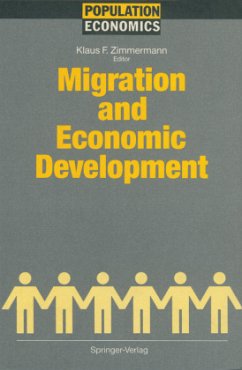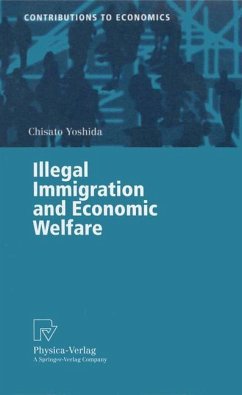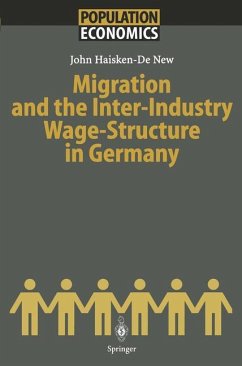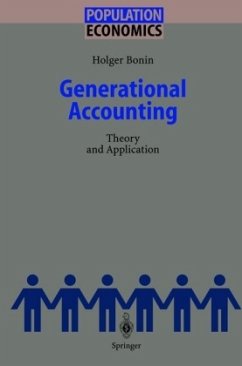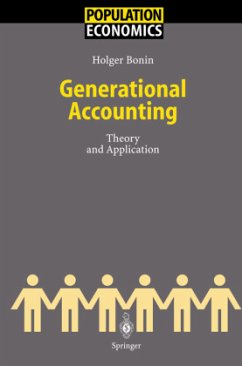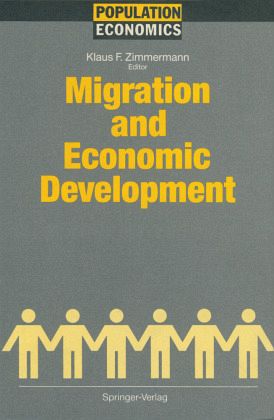
Migration and Economic Development
Versandkostenfrei!
Versandfertig in 1-2 Wochen
115,99 €
inkl. MwSt.

PAYBACK Punkte
58 °P sammeln!
The global migration potential in the world towards the higher developed areas has been estimated to be about 80 to 100 million people. Most of them would like to move permanently. It is expected that the numbers will further grow in the medium-term future. Normally, the issue of migrationis linked to the issue of economic development.
Economists, demographers andsociologists, among other social scientists have made only limitated effortsto understand the causes and consequences of migration and to provide the basis for an appropriate policy-making.
The book collects eight contributions to the relevant issues involved: Migration in a rational framework of decision making; the performance of migrants; how they affect the sending countries; rural-urban migration in developing countries. The options for migration policy are also considered. The book discusses newmethods to model these problems, provides new empirical findings and gives policy recommendations. It should be of value to economists, demographers and sociologists.
Economists, demographers andsociologists, among other social scientists have made only limitated effortsto understand the causes and consequences of migration and to provide the basis for an appropriate policy-making.
The book collects eight contributions to the relevant issues involved: Migration in a rational framework of decision making; the performance of migrants; how they affect the sending countries; rural-urban migration in developing countries. The options for migration policy are also considered. The book discusses newmethods to model these problems, provides new empirical findings and gives policy recommendations. It should be of value to economists, demographers and sociologists.
Klaus F. Zimmermann Migration has become a topic of substantial interest in Europe in recent years. Part of this interest is driven by the important political changes in East Europe and the potential threat of large East-West migration waves. However, due to the large differences in economic development a substantial migration pressure is also expected from the South of Europe as of other parts of the world. The global migration potential towards the higher developed areas has reached about 80 to 100 million people. Thereof, about 60 million would like to move permanently, 20 million temporarily and about 15 million are refugees and asylum seekers and approximately 30 million are iIIegals. The book consists of eight papers which are allocated to five parts: Theoretical Models (Part I), Performance of Migrants (Part 11), Migration Within Developing Countries (Part IV) and Immigration Policy (Part V)' Each paper begins with a brief summary of its content. Part I, Theoretical Models, contains first "A Microeconomic Zlmm.r-mann VI Model of Migration" by Siegfried Berninghaus and Hans-GUnther Seifert-Vogt. They study migration decision making under incomplete information and apply it to empirically relevant phenomena. The second paper by Gerhard Schmitt-Rink "Migration and International Factor Price Equalization" demonstrates that international migration tends to equalize national factor prices and factor shares even in the absence of international trade. In Part II, Performance of Migrants, Lucie Merkle and Klaus F.



